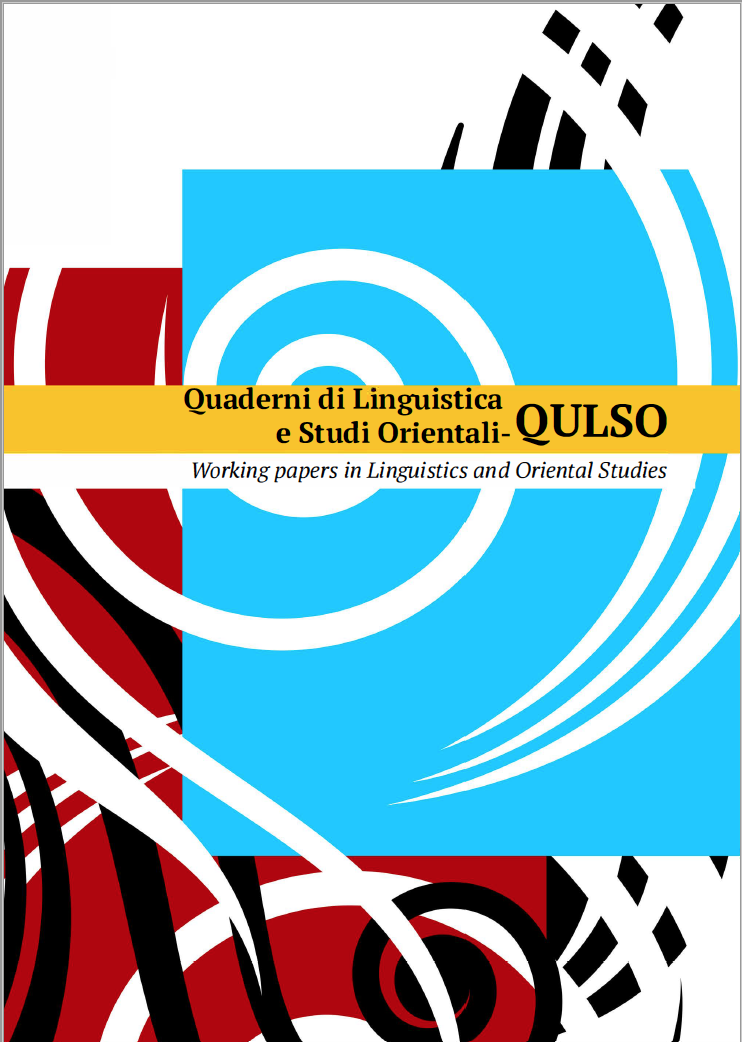Abstract
The first part of this article explores the figurative exploitations of the word צֵל ‘shadow’ in Biblical Hebrew. Special attention is paid to the poetical language. Alongside the metonymy “shelter”, the metaphorical usage of this word is centred on the ideas of protection and transitoriness. The second part of the article takes into account the renderings of צֵל in the Old Greek translation of the Hebrew Bible. The data collected suggest that the translators refrain from using the equivalent σκιά in those contexts involving the abstract idea of protection and rather opt for the noun σκέπη. The discussion moves further by evaluating the motivations that could have led the translators to judge the term σκιά as unsuitable to express the idea of protection metaphorically. A first line of argument takes into account factors within the Hebrew biblical text; a second line of argument considers the usage of σκιά within Greek literary sources; finally, a third line of argument looks at those non-literary varieties of Greek found in documentary papyri of the Ptolemaic age



